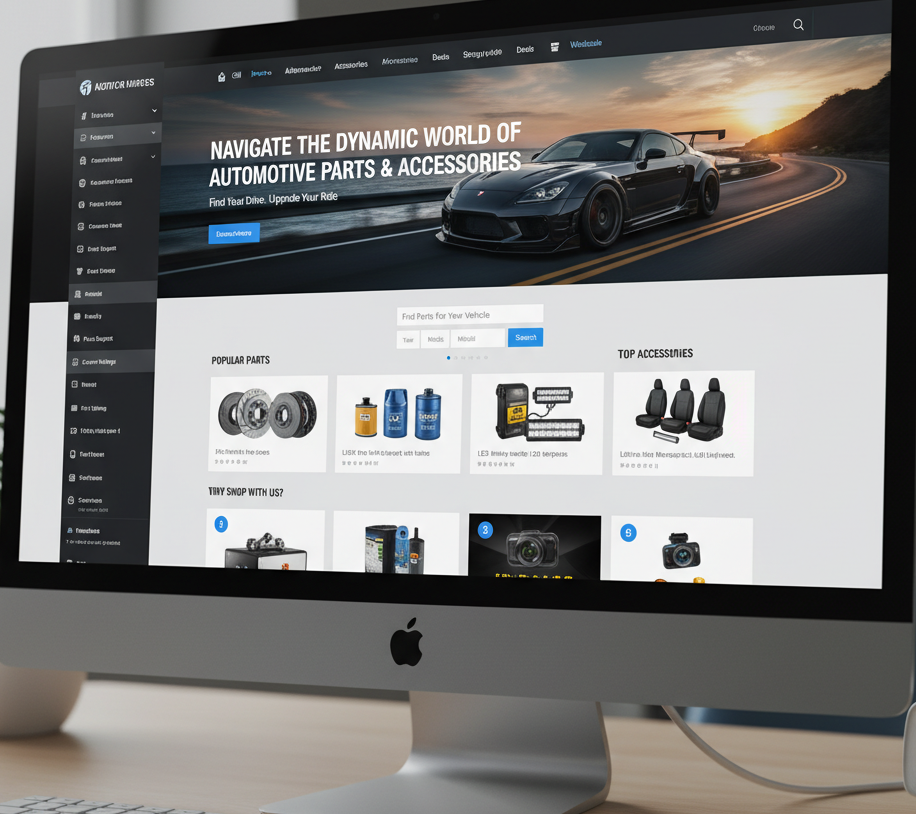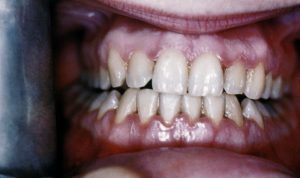The automotive industry is a colossal ecosystem, and at its heart lies the vibrant and ever-evolving market for automotive parts and accessories. From essential engine components to stylish interior upgrades, this sector caters to a diverse clientele ranging from professional mechanics and collision repair centers to DIY enthusiasts and everyday vehicle owners. Understanding the intricacies of sales and transactions within this domain is crucial for businesses aiming to thrive and individuals seeking to make informed purchasing decisions. This comprehensive guide delves into the multifaceted aspects of automotive parts and accessories sales, exploring market trends, transaction processes, and strategies for success in the digital age.
The Vast Landscape of Automotive Parts
Automotive industry parts can broadly be categorized into several key groups, each with its own sales dynamics:
- OEM (Original Equipment Manufacturer) Parts: These are parts made by the original manufacturer of the vehicle. They guarantee a perfect fit and performance, often come with a warranty, and are typically sold through dealerships or authorized distributors. Their primary appeal is reliability and brand assurance.
- Aftermarket Parts: Manufactured by companies other than the original carmaker, aftermarket parts offer a wider range of choices in terms of price, performance, and features. This category includes everything from replacement components (e.g., brakes, filters, spark plugs) to performance upgrades (e.g., turbochargers, suspension kits) and aesthetic enhancements (e.g., body kits, custom wheels).
- Used/Salvage Parts: These are components extracted from salvaged vehicles. They present a cost-effective option, particularly for older vehicles or those requiring expensive OEM parts. Their sale often involves specialized salvage yards and online platforms.
The Booming Market for Automotive Accessories
Beyond functional parts, the accessories market is a significant revenue driver, fueled by consumers’ desire to personalize, protect, and enhance their vehicles. This segment includes:
- Interior Accessories: Seat covers, floor mats, dash cams, infotainment systems, steering wheel covers, organizers.
- Exterior Accessories: Car covers, roof racks, mud flaps, spoilers, decals, LED lighting.
- Performance Accessories: Performance air filters, exhaust systems, tuning chips (though these often blur the line with performance parts).
- Utility Accessories: Trailer hitches, cargo management systems, jump starters.
Key Sales Channels and Transaction Models
The distribution and sale of automotive parts and accessories occur through various channels, each with distinct transaction models:
- Brick-and-Mortar Retailers: Traditional auto parts stores (e.g., AutoZone, Advance Auto Parts in the US; independent shops globally) remain a dominant channel. They offer immediate availability, expert advice, and installation services. Transactions are typically point-of-sale, cash or card.
- Dealerships: New car dealerships are the primary source for OEM parts, often catering to warranty repairs and specific model requirements. Their sales process is integrated with service departments, and pricing is generally premium.
- Online Retailers/E-commerce Platforms: The rise of e-commerce has revolutionized the industry. Platforms like Amazon, eBay Motors, RockAuto, and dedicated online auto parts stores offer vast inventories, competitive pricing, and convenient home delivery. Transactions are online, usually via credit card, PayPal, or other digital payment gateways.
- Wholesalers and Distributors: These businesses act as intermediaries, selling large volumes of parts to repair shops, body shops, and smaller retailers. Transactions are often B2B (business-to-business) with credit accounts and bulk pricing agreements.
- Specialty Shops: Performance shops, customizers, and detailing centers focus on niche products and services, often sourcing high-end or specialized parts and accessories directly from manufacturers or niche distributors.
The Digital Transformation: E-commerce and Online Presence
The internet has profoundly impacted how automotive parts and accessories are bought and sold. For businesses, a strong online presence is no longer optional but essential.
- Website Optimization (SEO): To rank high in Google searches, websites must be optimized with relevant keywords (e.g., “Honda Civic brake pads,” “truck bed covers,” “performance exhaust systems”). High-quality product descriptions, clear categorization, and fast loading times are crucial.
- Product Catalogs and Data: Accurate and comprehensive product data, including compatibility information (e.g., year, make, model, trim), images, and specifications, is paramount for online success.
- Customer Reviews and Ratings: Online reviews significantly influence purchasing decisions. Encouraging satisfied customers to leave feedback builds trust and credibility.
- Mobile Responsiveness: A large percentage of online shopping occurs on mobile devices, making a mobile-friendly website indispensable.
- Payment Security: Robust security measures for online transactions are vital to protect customer data and build confidence.
Challenges and Opportunities in Automotive Parts Sales
The market is not without its challenges:
- Counterfeit Parts: The proliferation of fake parts poses a significant safety risk and economic challenge. Businesses and consumers must be vigilant in sourcing from reputable suppliers.
- Inventory Management: Managing a vast inventory of parts for countless vehicle makes and models requires sophisticated systems to prevent stockouts or overstocking.
- Rapid Technological Change: The shift towards electric vehicles (EVs) and advanced driver-assistance systems (ADAS) is creating demand for new types of parts and accessories, requiring businesses to adapt their offerings.
- Global Supply Chain Disruptions: Recent events have highlighted the fragility of global supply chains, impacting part availability and pricing.
However, these challenges also present opportunities:
- Specialization: Focusing on specific vehicle types (e.g., classic cars, EVs, off-road vehicles) or part categories can create a niche market.
- Value-Added Services: Offering installation, diagnostic, or consultation services can differentiate a business.
- Sustainable Practices: Sourcing recycled parts, promoting remanufactured components, and adopting eco-friendly packaging can appeal to environmentally conscious consumers.
- Data Analytics: Utilizing sales data to predict demand, optimize pricing, and personalize customer experiences.
The Transaction Process: A Customer-Centric Approach
Regardless of the sales channel, a smooth and efficient transaction process is key to customer satisfaction.
- Identification: Accurately identifying the correct part or accessory for the customer’s vehicle is the first critical step. This often involves VIN (Vehicle Identification Number) checks, detailed product descriptions, or direct consultation.
- Selection: Guiding the customer through options based on their needs, budget, and performance expectations.
- Pricing and Availability: Clearly communicating costs, shipping options, and estimated delivery times.
- Payment: Offering secure and convenient payment methods.
- Fulfillment: Efficiently processing orders, packaging items carefully, and arranging for timely delivery or pickup.
- Post-Sale Support: Providing clear return policies, warranty information, and customer service for any issues.
Conclusion: Driving Forward in a Dynamic Market
The automotive parts and accessories market is a testament to innovation and consumer demand. Success in this sector hinges on a deep understanding of product knowledge, effective sales strategies, a robust online presence, and a commitment to customer satisfaction. As vehicles evolve, so too will the parts and accessories that support and enhance them, ensuring that this dynamic industry continues to drive forward, fueling both practicality and passion for automobiles worldwide.







